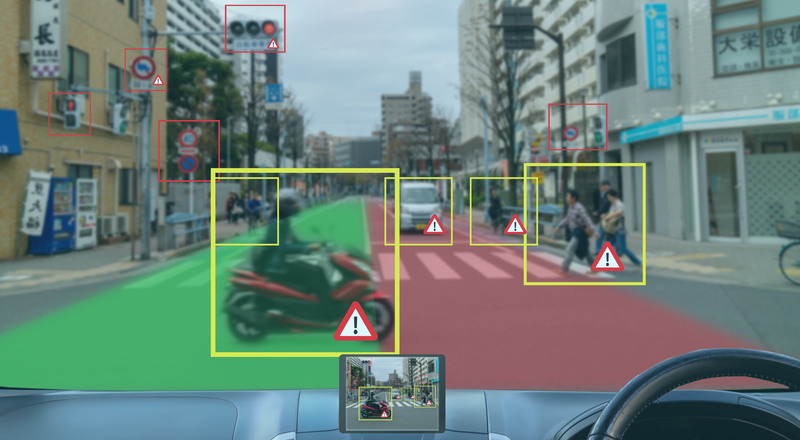
Verizon has tested Cellular Vehicle to Everything (C-V2X) technology to notify drivers of detected pedestrians or other vehicles emerging from behind visual barriers.
Verizon says the collaboration with Nissan North America's research and advanced engineering team demonstrated how sensor data from vehicles and surrounding infrastructure can be processed at the edge of its wireless network and communicated back to vehicles for urgent driver notifications in near real-time.
TJ Fox, senior vice president of industrial IoT and automotive at Verizon Business, says: “This proof of concept shows that edge computing with Verizon’s cellular network can help take the resource-intensive compute burden off vehicles and public infrastructure -- housing their software platforms and crunching their sensor data for them -- and can communicate data outward to prompt potentially lifesaving safety alerts or autonomous driving features in the car, all essentially in real-time.”
The trials focused on testing a variety of vehicle-based and infrastructure-based sensor configurations to create a multi-viewpoint picture of potential safety hazards beyond vehicle and driver line-of-sight. Using Verizon 5G Edge with Amazon Web Services (AWS) Wavelength, the sensor data from Nissan vehicles and infrastructure was processed at the edge of Verizon’s wireless network and communicated back via the cellular network to vehicles in near real-time. This prompted Nissan’s Intelligent Shared World platform to initiate driver notifications.
According to Verizon, this process helped notify drivers of detected pedestrians entering roadways from behind other cars or of oncoming vehicles obscured behind larger vehicles, as can occur during left turns with oncoming traffic.
As part of the collaboration, the Contra Costa Transportation Authority (CCTA) in California will initiate validation of the technology for its Automated Driving Systems (ADS) Grant Program, which would see the use case tested in controlled public environments toward potential live deployment.
The initiative seeks to accelerate mobility programmes for underserved communities. Upon programme validation, Verizon and Nissan's technology could be deployed around busy intersections or retirement communities.
Timothy Haile, executive director at CCTA, says: “Taking a proactive approach to safety is a priority for CCTA, and the technology we’re testing together will contribute toward making connected and automated vehicles a safe option for future travel.”














